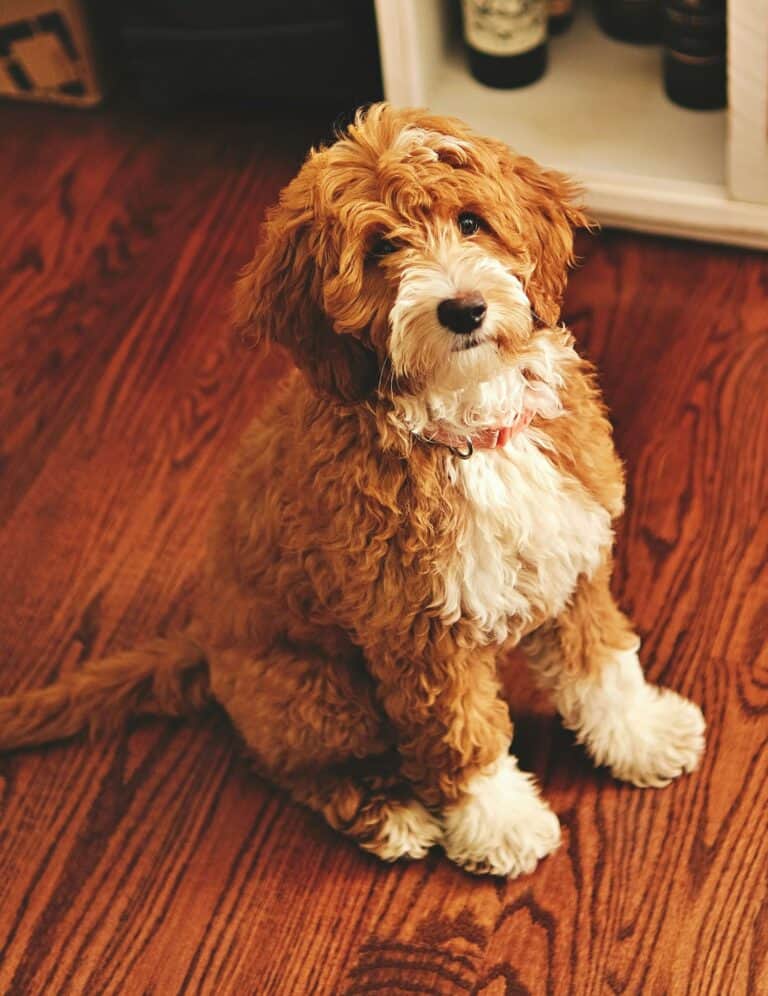Leash Training 101: How to Enjoy Walks with Your Puppy
Walking your puppy can be one of the most enjoyable experiences of pet ownership, but it requires proper leash training to ensure both you and your puppy have a positive and safe experience. Leash training is essential for teaching your puppy to walk calmly by your side without pulling, lunging, or getting distracted. In this article, we will cover the basics of leash training, provide step-by-step instructions, and share tips for overcoming common challenges.
Why Leash Training is Important
Leash training is crucial for several reasons:
- Safety: It prevents your puppy from running into dangerous situations, such as traffic or encountering aggressive animals.
- Control: It gives you control over your puppy’s movements, making walks more manageable and enjoyable.
- Bonding: It strengthens the bond between you and your puppy through shared experiences and communication.
Getting Started with Leash Training
Choosing the Right Equipment
Before you begin leash training, it’s essential to have the right equipment. This includes:
- Collar or Harness: Choose a comfortable, well-fitting collar or harness. A harness is often recommended for puppies to prevent strain on their necks.
- Leash: A standard 4-6 foot leash is ideal for training. Avoid retractable leashes, as they can encourage pulling.
Introducing the Leash
- Let Your Puppy Get Used to the Leash: Allow your puppy to wear the leash around the house to get accustomed to it. Supervise them to prevent tangling or chewing.
- Positive Association: Associate the leash with positive experiences by offering treats and praise when your puppy wears it.
Step-by-Step Leash Training
1. Start Indoors
Begin leash training indoors where there are fewer distractions.
- Short Sessions: Start with short training sessions, around 5-10 minutes.
- Encourage Following: Encourage your puppy to follow you by holding a treat in front of their nose and walking a few steps. Praise and reward them for following you without pulling.
2. Move to the Yard
Once your puppy is comfortable indoors, transition to your yard or a quiet outdoor area.
- Practice Commands: Practice basic commands like “sit” and “stay” on the leash.
- Short Walks: Take short walks around the yard, gradually increasing the distance.

3. Hitting the Pavement
When your puppy is ready, take them for short walks in a quiet neighborhood or park.
- Set the Pace: Walk at a steady pace. If your puppy starts to pull, stop walking and wait for them to return to your side before continuing.
- Reward Good Behavior: Continuously reward your puppy for walking calmly by your side with treats and praise.
Tips for Overcoming Common Challenges
Pulling on the Leash
Pulling is a common issue during leash training. Here’s how to address it:
- Stop and Go: When your puppy pulls, stop walking. Wait for them to come back to you before moving forward. This teaches them that pulling doesn’t get them where they want to go.
- Change Direction: If your puppy continues to pull, change direction. This unpredictability will encourage them to pay more attention to you.
Distractions
Puppies are naturally curious and easily distracted. To manage distractions:
- Training Treats: Carry high-value treats to regain your puppy’s attention when they get distracted.
- Command Focus: Teach your puppy a command like “watch me” or “focus” to redirect their attention to you.
Lunging and Barking
If your puppy lunges or barks at people, other dogs, or objects:
- Distance Management: Maintain a distance where your puppy remains calm. Gradually decrease the distance as they become more comfortable.
- Positive Reinforcement: Reward calm behavior with treats and praise. Avoid punishment, as it can increase anxiety and aggression.
Conclusion
Leash training is a fundamental part of your puppy’s development, promoting safety, control, and bonding during walks. By starting with the right equipment, introducing the leash gradually, and practicing in different environments, you can teach your puppy to walk calmly by your side. Remember to be patient, consistent, and positive throughout the training process. With time and effort, you and your puppy will enjoy many happy walks together.
Further Information
https://www.akc.org/expert-advice/training/teach-puppy-walk-leash/



